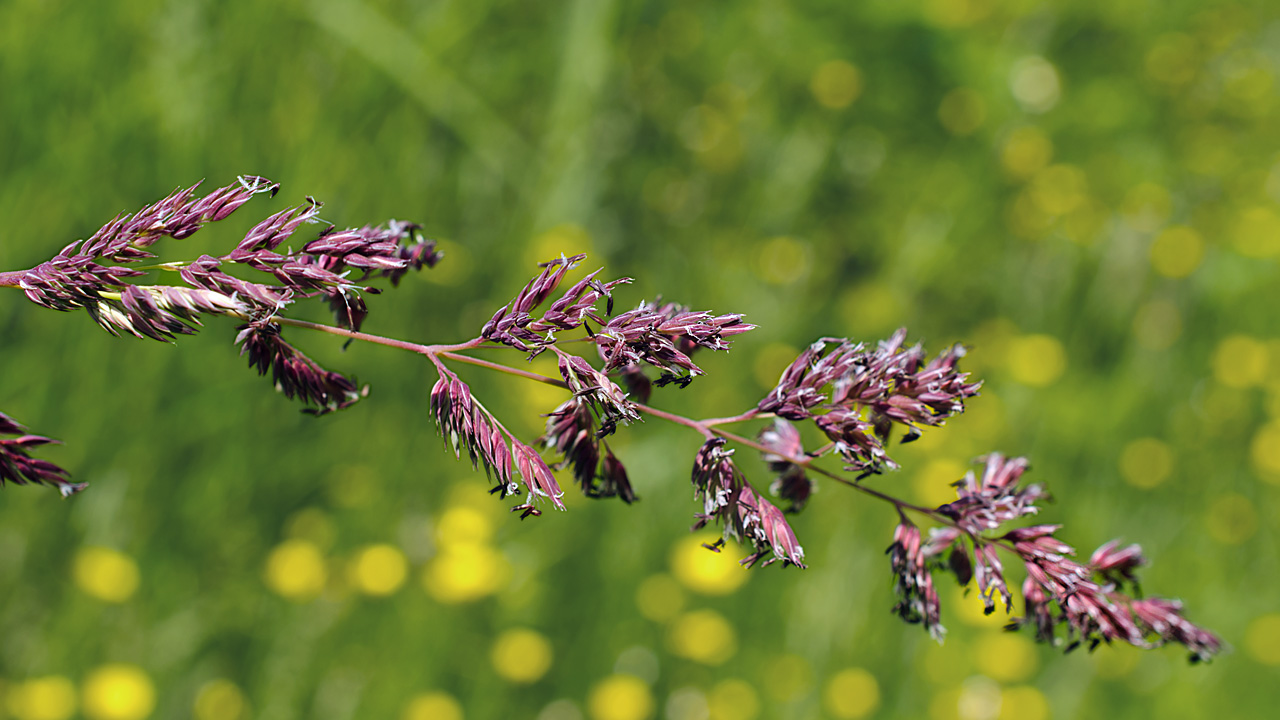Whenever I bring home seaweeds for my tankful of hermit crabs, I wash it and examine it closely before I plant it. I'm looking for the unexpected hitchhiker, the stray scale worm or baby starfish, the unidentified egg cases, the critters I've never seen before. There's always something.
After the seaweed is washed and planted, I set aside the water, usually overnight, to settle out. In the morning, I may find a half-dozen sharp-pointed snails climbing the walls of the bowl; tiny specks only identifiable as snails by their actions. Or a tubeworm or two may have set up housekeeping in the detritus. Maybe there's even a miniature clam; it takes a sharp eye and a lens to see these as they twist themselves down under cover of the muck.
One morning a few weeks ago, a speck almost too small to be seen was scrambling across a gap between sand grains. The motion looked more like a hermit's gait than the smooth glide of a snail or the sideward slide of a clam; faster, and more erratic. But it was too small to identify, even with the lens; I had to get out the microscope.
It was a hermit. Without his shell. I couldn't add him to the tank like that; he'd be swallowed by a barnacle or an anemone in an instant.
I kept him in a plastic cup while I prepared a batch of shells for him to choose from. All the tiny ones I had were far too big, but I'd seen before how the babies deal with that; they use the broken tips. I crumbled a bunch of shells and spread them in the cup.
A few hours later, the baby hermit was dressed; still too small to see clearly without a lens, but safely protected from barnacles, at least. He went into the tank with the big guys. And disappeared.
I was watching another very small hermit yesterday, when an smidgen of something orange came up to the glass and stared at me. My baby hermit, growing up!
 |
| Smile for the camera! |
He stayed there for a while, long enough for me to take some photos, then run to get a pin for a size comparison.
 |
| With an ordinary dressmaker's pin, on this side of the glass. |
He watched me for a while, then turned and wandered off. Later, wanting to show him to Laurie, I looked and looked, with a lens, without, with the water removed (low tide day, critters!); I couldn't find him anywhere. Never mind; I know he's there, somewhere.
What amazes me most about these critters is their intelligence and personality, even when they're no bigger than a grain of sand. It must take some ability to sort shells, choose the right one for your size and strength, make sure it's clean and empty; talents that even this pinhead critter uses. They're picky about their shells, too; they they test them for calcium content, shape, rollability, and something else; coolness? They like to wear the styles their peers are wearing. But they're mentally flexible enough to try something new when there are none of their favourites around.
But more than that is their curiosity about the world around them; this habit they develop of staring at me or the camera through the glass; their enthusiasm when they find something new to climb, a new vantage point, or just something to explore
because it's there.
And all this goes on in a brain the size of the sharp point of that pin!


















































